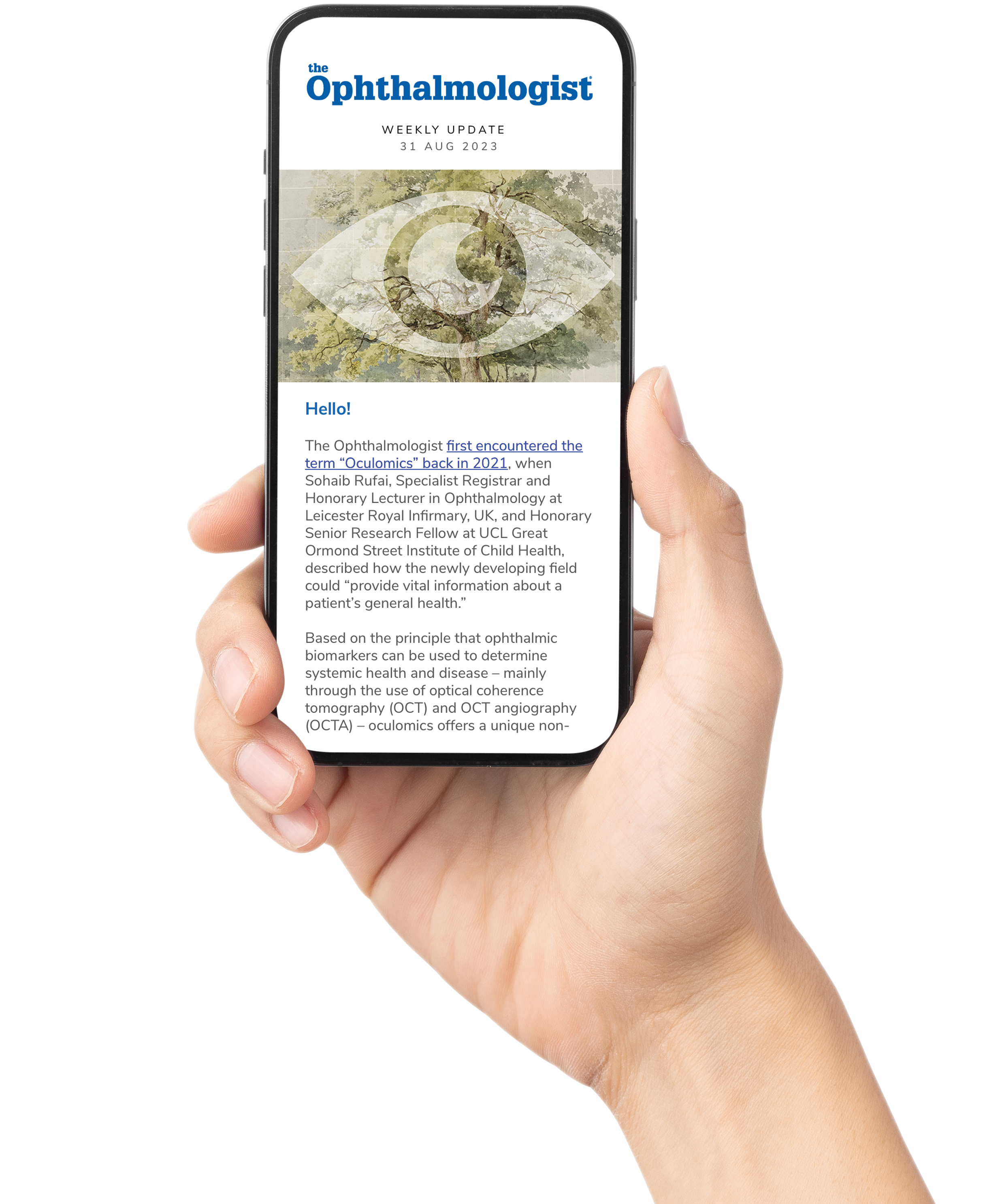
Chemical Engineer, CC BY-SA 4.0 <https://creativecommons.org/licenses/by-sa/4.0>, via Wikimedia Commons
2025 ASCRS Foundation Chang Crandall Award. Elena Barraquer has been named the 2025 recipient of the ASCRS Foundation’s Chang-Crandall Humanitarian Award. Barraquer received the award in recognition of her non-profit organization, Fundación Elena Barraquer, which has provided over 25,000 pro bono cataract surgeries in underserved communities across Africa and Latin America. Link
Prevent Blindness awards. Prevent Blindness are currently seeking nominations for two of their highest honors. Nominations are open for the Rising Visionary Award – for US students, interns, or residents involved in vision-related health care – and the 2025 Jenny Pomeroy Award for Excellence in Vision and Public Health – awarded to an individual, group, or organization making significant contributions to eye health and vision. Submissions for both awards will close on March 10, 2025. Link
New retinal thickness insights. A Nature Communications study has explored the relationship between multi-omic factors and AI-derived high-resolution retinal thickness measurements using UK Biobank OCT images. By analyzing genetic, metabolomic, immune, and systemic disease associations with retinal thickness at over 29,000 macular points, the researchers identified novel genetic loci, including four on the X chromosome, and found significant links between retinal thinning and systemic diseases like multiple sclerosis and type 2 diabetes. Link
Gender differences in vision loss. An Ophthalmology Science study has analyzed vision loss and blindness in the US by comparing age-adjusted prevalence ratios between men and women. Using data from the IRIS Registry, the findings indicate that women have a higher prevalence of vision loss and blindness compared to men when adjusted for age, particularly in conditions like cataracts and age-related macular degeneration (AMD). However, the study – conducted by Stanford University and a host of other US-based universities – notes that the differences are partly influenced by the higher rate of women seeking eye care, emphasizing the need for targeted public health strategies and individualized treatment approaches. Link
The case for whole eye transplantation. Translational Vision Science & Technology recently published an editorial discussing the potential of whole eye transplantation (WET). WET, the authors say, offers a promising alternative over single-cell replacement approaches by preserving the neural network of the retina, but has a number of major hurdles that need to be overcome, including optic nerve regeneration, donor availability, immune rejection, and surgical complexities. As such, the authors – based at the University of Southern California, the University of Colorado Anschutz Medical Center, and the Albert Einstein College of Medicine – emphasize the need for interdisciplinary collaboration and innovative approaches to overcome these barriers and bring WET one step closer to functional vision restoration. Link
Ultra-widefield SLO. Optos has announced the launch of MonacoPro, "the next generation ultra-widefield (UWF) scanning laser ophthalmoscopy (SLO) and spectral domain retinal imaging solution." Key product features include MonacoPro OCT Image Quality for Demanding Practices; AreaAssist: Streamlined Efficiency for Enhanced Workflow; and "one of the largest reference databases in retinal imaging." The product will be available for shipping in March 2025. Link
